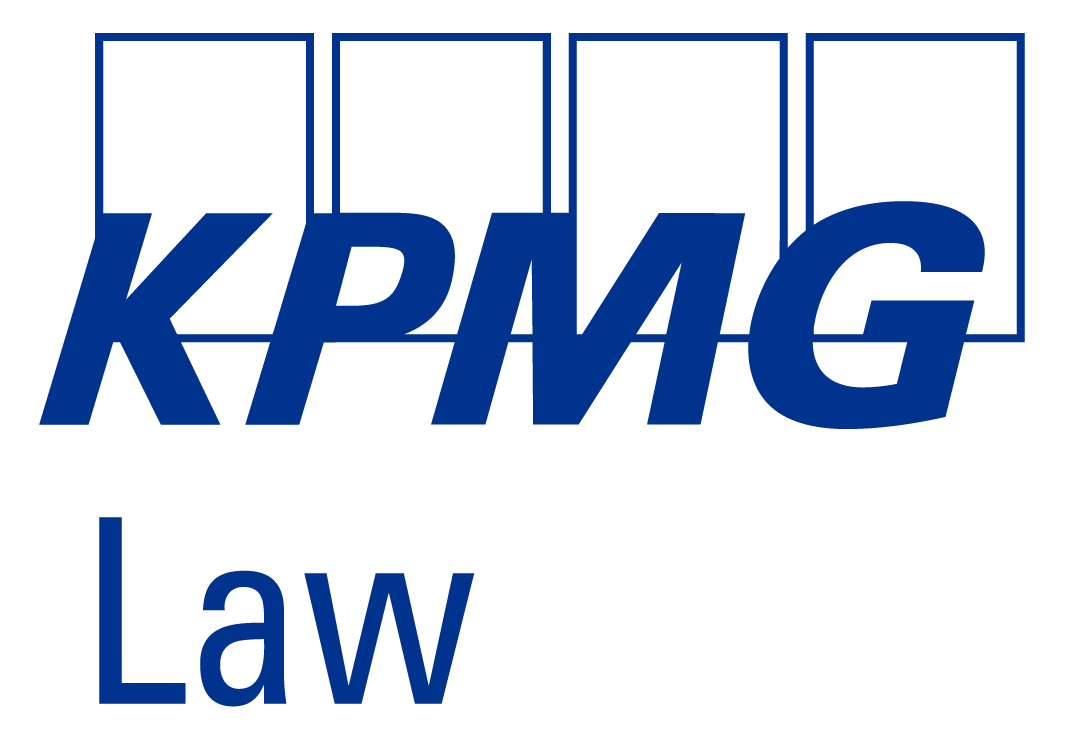

Is football leaving a (trade)mark on IP?

With the 2022 World Cup in Qatar moving towards its final stages, it’s time to take a moment to reflect on the extent to which football and Intellectual Property (IP) are intertwined. To give you a sneak peek, we can tell you that football and IP are connected the same way as an assist and a goal.
Some of the best football players in the world, such as Lionel Messi, Cristiano Ronaldo, Vinicius Jr., Neymar and Kylian Mbappe have registered a number of trademarks, including their name, jersey number and signature. Some players have gone even further, such as Mbappe who has registered his iconic celebration after scoring a goal (where he crosses his arms into his armpits and stands with his legs wide open) - which we have seen a few times already at this year’s World Cup.
In addition to players registering trademarks, it is also possible for football clubs to register their brand, name and/or logo. Some of these trademarks have a significant brand value. After all, sponsors pay a lot of money for the license to use these protected trademarks.
The connection between intellectual property and football goes even further than the trademarks of the players and clubs.
The typical referee’s whistle used during football games, for example, has been patented by a Canadian company. Moreover, the same way as the Video Assistant Referee (VAR) protects the referee on the pitch, the technology used in the VAR is protected by a patent. In this regard, reference can also be made to goal-line technology, which is also protected by a patent.
Furthermore, copyright also plays a role in the world of football.
While some fans may say that football stems from a genius combination of talent, skill, flair and training, the European Court of Justice (ECJ) ruled that a football game, as such, is not protected under EU copyright law due to the fact that football games cannot be qualified as “works which are the author’s own intellectual creation”[1]. Football games are subject to the rules of the game, which leave no room for a free, creative expression for the purposes of copyright, according to the ECJ.
Not only are exorbitant amounts of money generated through football broadcasting – the so-called “TV rights” – but the commercialization of portrait rights of well-known teams and football players also generate a lot of money. An illustrious example is the license granted to be depicted in video games, which are released each year.
Design law also plays an important role in football, if we consider the different collections of jerseys and outfits that are often renewed or the different models of football shoes. Even the designs of several different types of footballs are protected by design rights.
It’s safe to say that the world of football and intellectual property are inextricably connected, and that IP (potentially) holds (enormous) value.
If you have any questions about your intellectual property or related licenses, do not hesitate to contact us.
[1] European Court of Justice 4 October 2011, no. C-403/08, Premier League



